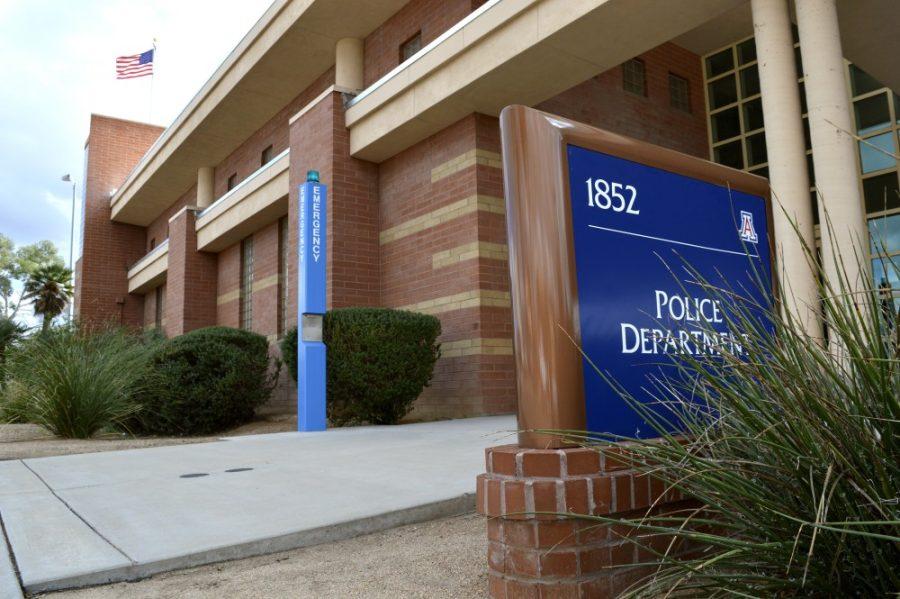Arizona State University was made aware of threatening messages written online Sunday about its campus. The messages alluded to a potential attack on the ASU campus, and later made generalized threats toward an Arizona university without specifying the institution.
According to an ASU press release about the incident, police were able to track down where the unsubstantiated threat came from and determined it to be from a 12-year-old child in Canada. The press release stated that, had the threat been substantiated, the police would have released information with procedural instructions to ASU faculty and students.
While the threatening messages did mention an Arizona institution without naming a specific university, the UA did not receive a credible threat Monday, according to Chris Sigurdson, the vice president for Communications at the UA.
“Every university is going to make their own decision,” Sigurdson said. “We received the same information that [ASU] did, that there was a threat to a university in Arizona, and in consultation with the FBI and other law enforcement agencies, we did not discern a credible threat to the [UA].”
Unsubstantiated threats are nothing new to universities.
“President Hart has called these the bomb threats of the 20-teens, because it used to be that we had bomb threats back in the ’70s, where people would call them in to interrupt university business and to interfere with schools,” Sigurdson said. “Eventually, you would almost get them during midterms and finals from students who didn’t want to take an exam in the building.”
Sigurdson has attributed the motivation for these threats to a desire to cause disruption to the business of the university, or to a desire to see a reaction to a threat.
While the medium in which the threats are delivered has adapted to the technology of the time and is now usually over the Internet instead of over the phone, Sigurdson said that the results of the threat remain the same: disruption of university business regardless of the threat’s credibility. The UA has yet to receive a threat online that Sigurdson would deem credible.
According to Sgt. Fil Barrera, the public information officer for the University of Arizona Police Department, the department has an extensive, multi-level process for assessing the credibility of threats to the UA.
The threats can be traced by IP addresses to the service provider and from the provider to the computer terminal of the address.
Barrera said he thinks that this is what the ASU police department did to find out who was behind the threat it received.
Even when threats are not considered to be credible, Barrera said that UAPD investigates them with the utmost seriousness.
“We’re always going to err on the side of letting people know rather than not,” Barrera said.
Barrera especially emphasized the value of mass communication within the school for help in dangerous situations. He alluded to the 2002 shooting on the UA campus, before which no threats were posted online.
“The things we learned from that [were] to basically mass communicate—that’s why these things are in place now,” Barrera said. “The UA is way ahead of the game [now].”
Part of these efforts of mass communication include the UAlert system. The system sends out an alert if there is a threat on campus that people need to know about.
According to Sigurdson, there is also the UA Campus Emergency Response Team, which can send help if assistance is deemed necessary.
While there is no official position at the university exclusively dedicated to monitoring the Internet for threats, Barrera said that there are federal and state agencies that do monitor the Internet and inform the university when they find threatening material.
Sigurdson said that sometimes people outside of the police and other agencies inform the university about the threats they’ve seen online. This falls along the lines of the kind of reporting to the authorities that Sigurdson appreciates, he said.
“We would much rather people on campus tell us if they see something suspicious and let us check it out than be unsure or unconfident about whether or not they should say anything,” Sigurdson said. “Nobody gets in trouble for a report in good faith.”
Follow Ava Garcia on Twitter.









